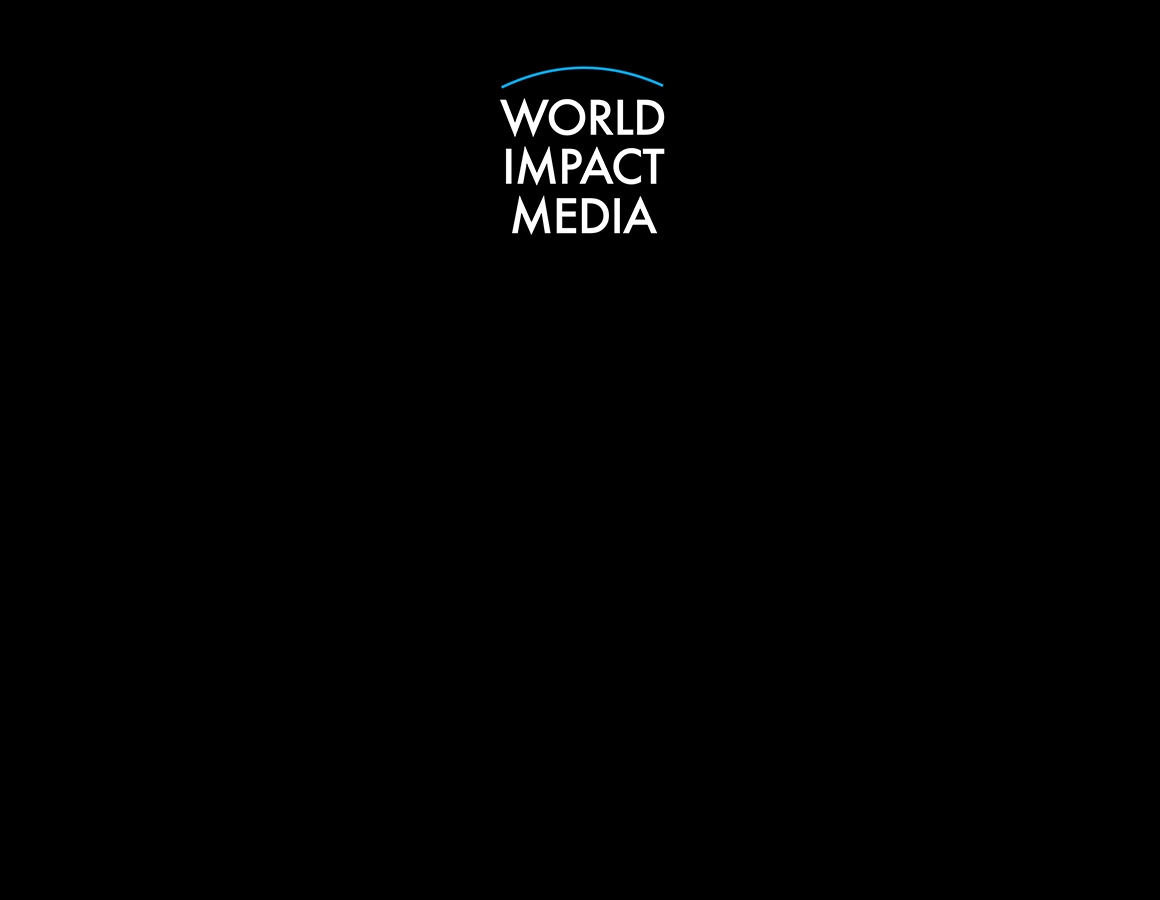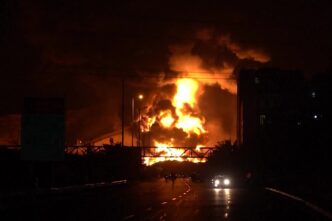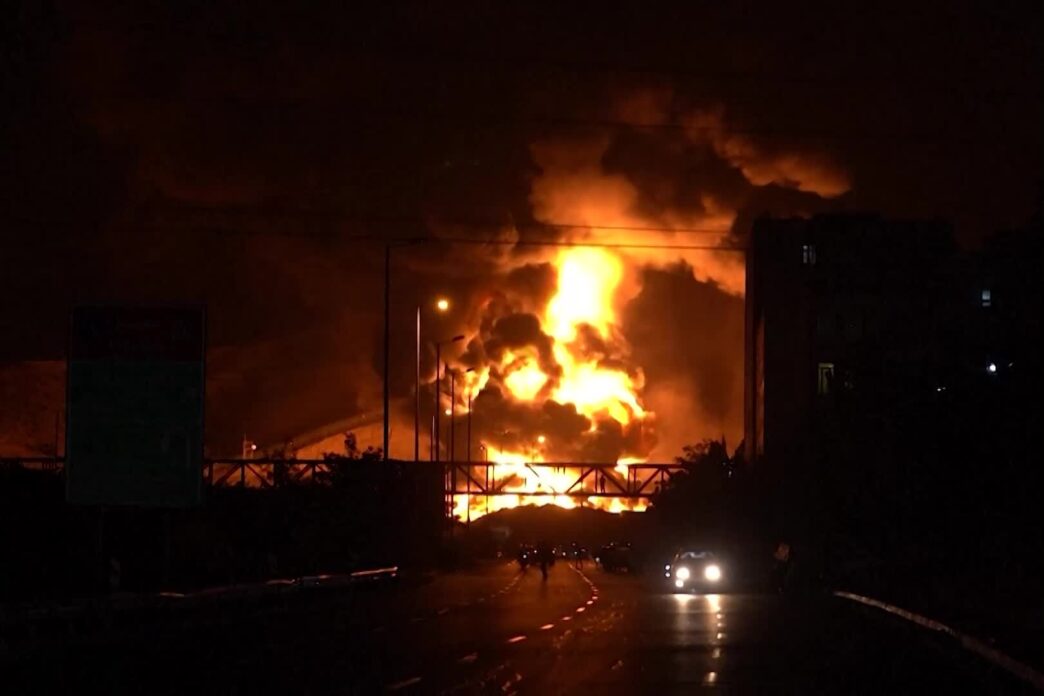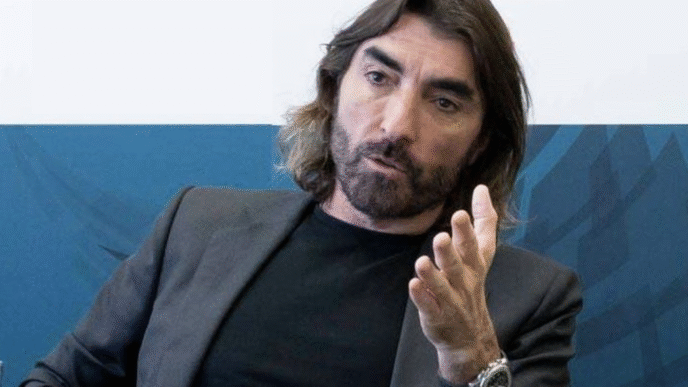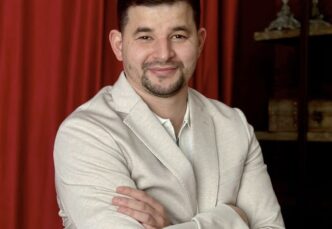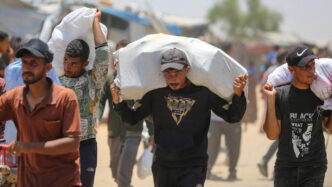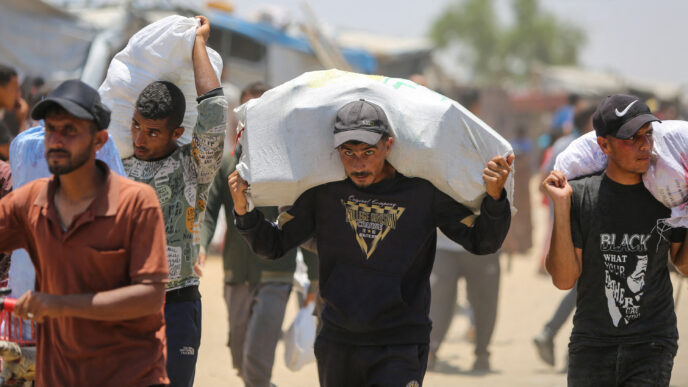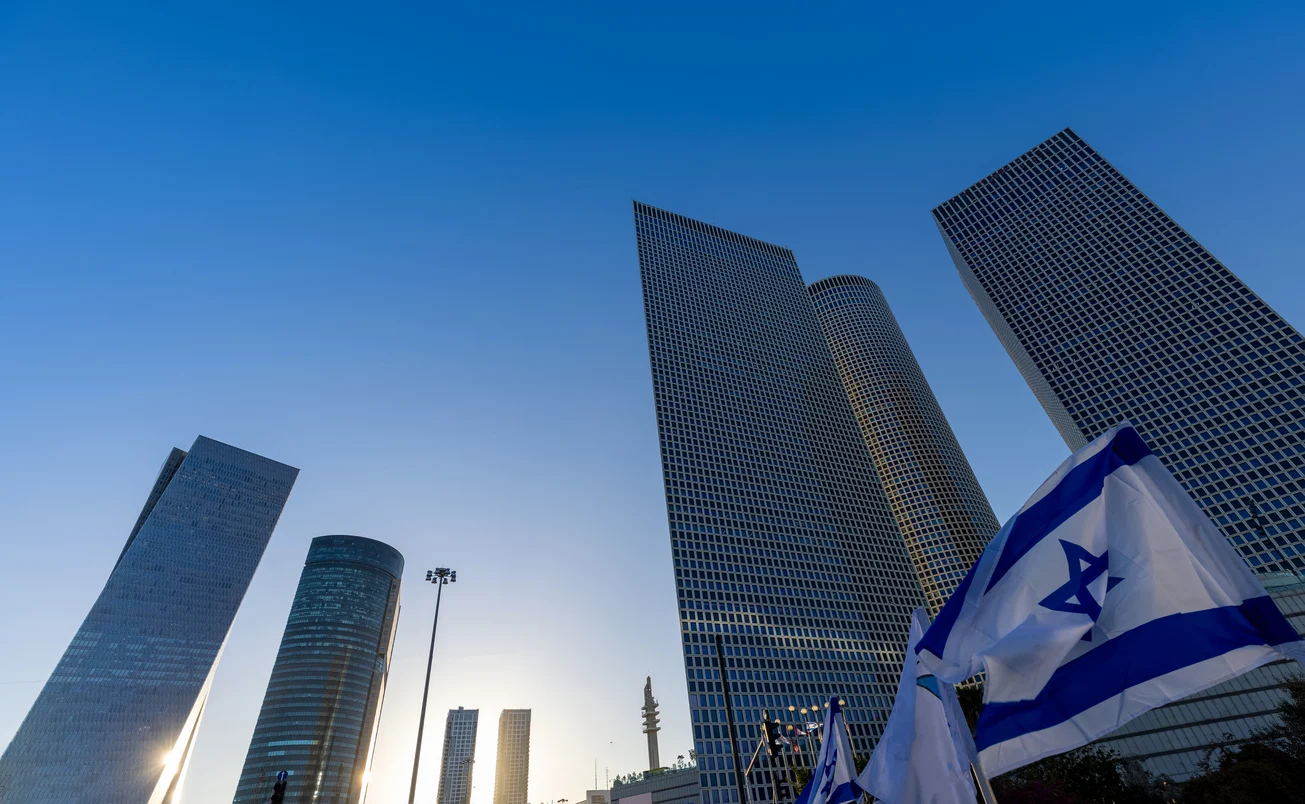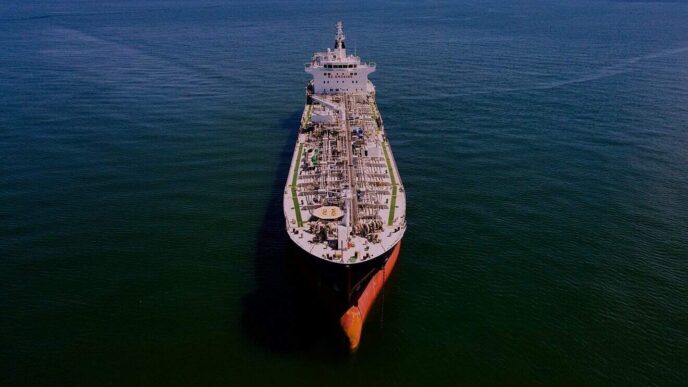Israeli military leaders have reportedly begun drafting operational plans for a second, more intense wave of airstrikes targeting Iran, signaling a dramatic escalation in the ongoing cross-border conflict.
What’s Next in Israel’s Campaign
- Expanded target profile: Military analysts suggest that the new phase will aim deeper into Iran’s strategic infrastructure—focusing on energy installations, command centers, missile systems, and other critical logistics networks.
- Stronger deterrent intent: The strikes aren’t just tactical—they’re designed to send a powerful message to Iran, emphasizing Israel’s readiness for sustained, multi-phase operations.
Context: First Phase of the Conflict
- The initial wave—dubbed Operation Rising Lion—began on June 12–13, targeting over 250 sites, including:
- Iranian nuclear facilities (Natanz, Fordow, Isfahan)
- IRGC missile bases across multiple provinces
- Top military and scientific leadership, including Iranian commanders and nuclear experts
Context: First Phase of the Conflict
- The initial wave—dubbed Operation Rising Lion—began on June 12–13, targeting over 250 sites, including:
- Iranian nuclear facilities (Natanz, Fordow, Isfahan)
- IRGC missile bases across multiple provinces
- Top military and scientific leadership, including Iranian commanders and nuclear experts
Statements from Israeli Leadership
- Senior Israeli officials have made it clear they are prepared to continue operations if Tehran persists, and are closely monitoring Iran’s political response.
- The first phase reportedly achieved major objectives—crippling missile systems, slowing nuclear development—but strategic clarity remains dependent on Tehran’s next moves.
Regional & Global Stakes
- Ceasefire on hold: While a temporary ceasefire has been in place since June 25, focused on halting active engagements, Israel’s planning for further strikes undermines hopes for a lasting ceasefire.
- International alarm: U.S., Gulf states, and EU officials have voiced concern over potential escalation, especially following the targeting of deep strategic assets.
- Iran’s adaptive posture: Tehran faces strategic vulnerability but has retained asymmetric options—perhaps targeting U.S. interests or threatening key maritime chokepoints like the Strait of Hormuz—as it weighs its next move
What Lies Ahead
- Imagery and intel: The coming days will show whether Israel launches additional strikes targeting strategic depth beyond nuclear and missile infrastructure.
- Iran’s response: Will Tehran continue tit-for-tat missile exchanges, shift focus to proxy actions, or pivot toward diplomacy?
- Global reaction: The international community may pull back diplomatic levers, pushing for formal ceasefire talks—but credibility is threatened by Israel’s continued military planning.
Bottom Line
Israel’s preparation for a second wave of broader, more destructive strikes on Iran marks a critical escalation, potentially reshaping the conflict’s future trajectory. With both sides holding vast, yet fragile capabilities—and geopolitical actors anxiously watching—it’s a moment when diplomacy could either seize or slip away.
